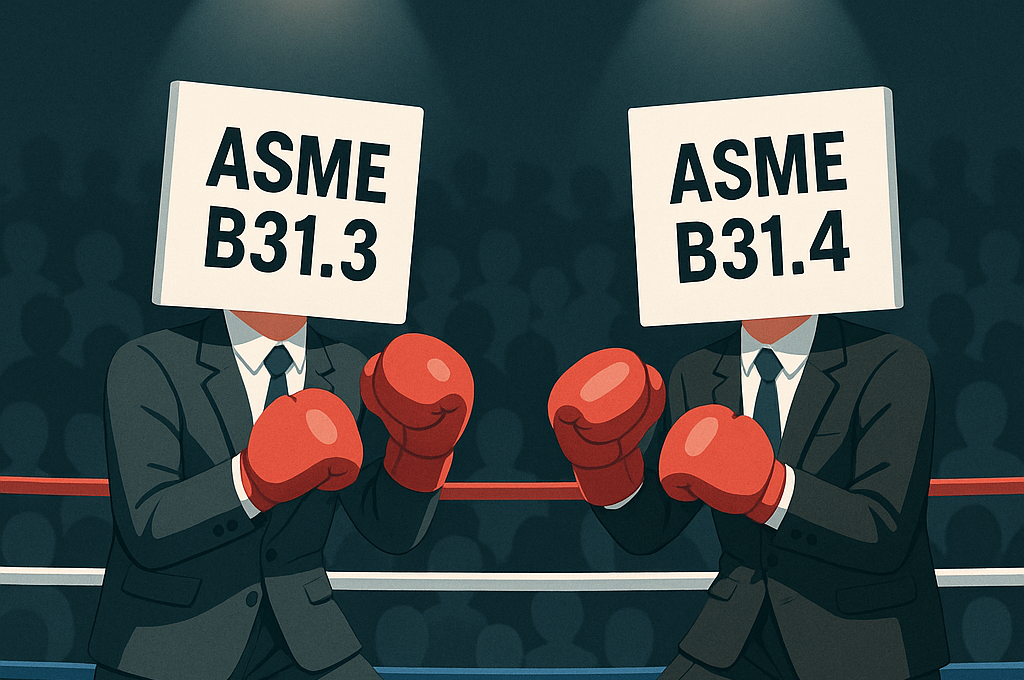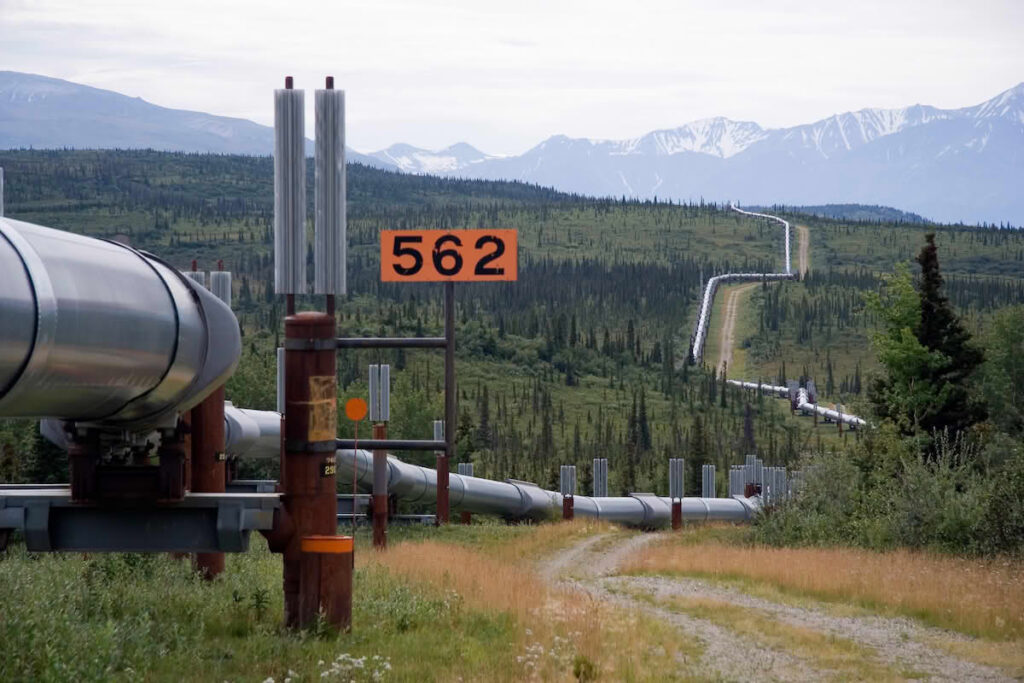Introduction
The expansion of pipelines due to high temperatures and pressures of fluid flow in pipelines is known as buckling. Such phenomena can be observed on both onshore and offshore pipelines in transporting products from one location to another.

Buckling may occur in pipelines downward in a free span, horizontally in lateral buckling on the seabed or vertically in upheaval buckling of buried pipelines. Operated at very high temperatures, buried pipelines may be susceptible to upheaval buckling caused by compressive loads.

Upheaval Buckling Calculation
- Upheaval buckling calculations shall be performed for all buried lines with design temperatures above 82 C
- Upheaval buckling can be prevented either by expansion offsets regularly spaced along the pipeline or a sufficient burial cover
There is several methodologies used for performing upheaval buckling calculations:
- DEP 31.40.10.16-Gen
- K Peter’s Technical Paper
- OTC 6335 Technical Paper
Upheaval Buckling Calculation Based on OTC 6335
The first step is input data:
| Input Data | Symbol | Value |
| Pipeline Nom Dia. | ND | – |
| Pipeline OD | D | – |
| Design Pressure | P | – |
| Design Temperature | T2 | – |
| Installation Temperature | T1 | 21 C |
| Steel Expansion Coefficient | – | |
| Youngs modulus of pipe | E | – |
| Selected wall thickness | t | – |
| Corrosion Allowance | – | |
| Wall thickness (corroded) | tn | – |
| Temperature derating factor | T | 1 |
| Poisson’s ratio | 0.3 | |
| Steel density | – | |
| Soil density | – | |
| Cover to top of pipe | H | – |
| Contents density | – | |
| Uplift coefficient | f | 0.5 for dense/ 0.1 for loose |
Second step is pipeline properties:
| Pipeline Properties | Symbol | Formula |
| Pipe internal diameter (corroded) | d | – |
| Pipe cross section area | As | |
| Pipe internal area | Ai | |
| Pipe Moment of inertia | I | |
| Pipe flexural rigidity | EI | – |
| Weight of pipe | Ws | – |
| Weight of contents | Wc |
Third step is pipeline expansion load acting towards imperfections:
| Pipeline Expansion Loads | Symbol | Formula |
| Pressure Load | Lp | |
| Poisson effect Load | Lpe | |
| Thermal effect Load | Lt | |
| Effective axial load | B |
Fourth step is to find the required downward load as per the following equation:

Fifth step is to find the uplift resistance from soil as per the following equation:

The last step is to find the total available load as per the following equation:

Then we check if the total available load is greater than the available load:






